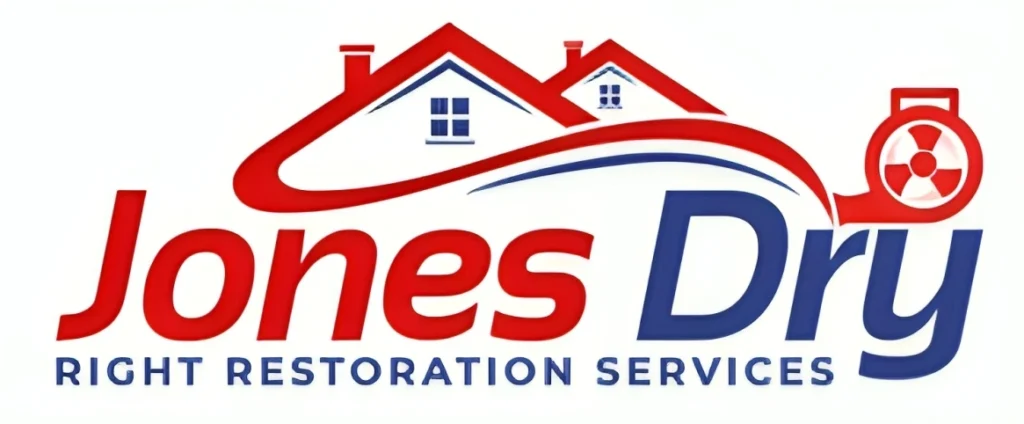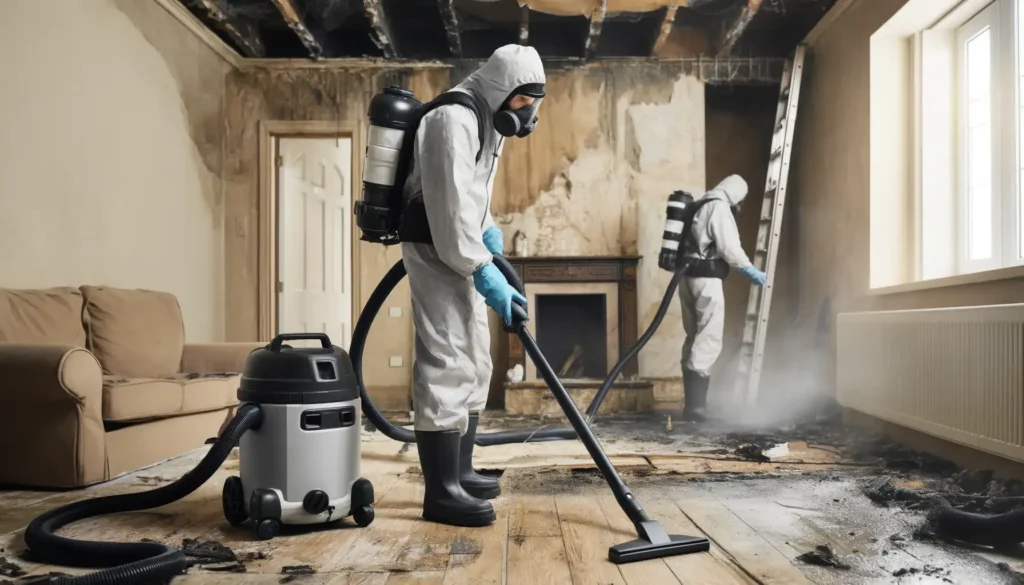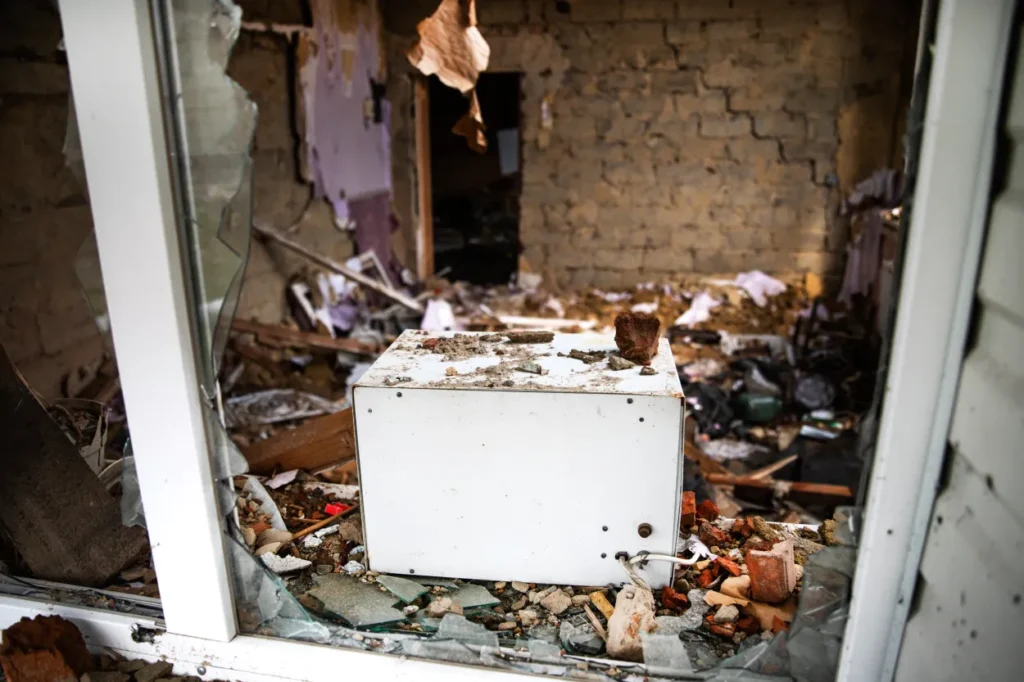Experiencing a fire can be one of the most devastating events for homeowners and businesses. The aftermath, often marked by extensive fire and smoke damage, presents significant challenges. In Riverview, a community known for its resilience, effective fire and smoke damage restoration is crucial to rebuilding and moving forward. This article delves into the fire and smoke damage restoration process, highlighting the steps, best practices, and importance of professional intervention.
<h2>Understanding Fire and Smoke Damage Restoration
Fire and smoke damage restoration is a comprehensive process that involves cleaning, repairing, and restoring properties affected by fire. This process is essential not only for the structural integrity of the building but also for the health and safety of its occupants. Fire damage typically includes the destruction of property and belongings, while smoke damage can cause lingering odors, discoloration, and potential health risks due to soot and other hazardous residues.
When disaster strikes in Riverview, FL, finding reputable and trusted fire and smoke damage restoration professionals is like striking gold. Look for companies with technicians who hold relevant certifications and licenses, one that demonstrates their commitment to industry standards and ensure they possess the necessary skills for high-quality service. Companies with IICRC (Institute of Inspection, Cleaning and Restoration Certification)-certified technicians have undergone rigorous training, guaranteeing they can tackle fire damage, smoke residue, and lingering odors effectively.
By choosing a team with certified experts, you gain peace of mind. The in-depth knowledge they possess of restoring translates into a safe and successful restoration of your property, minimizing long-term damage financially and physically. .
Established Fire and Smoke Damage Restoration Process in Riverview
In Riverview, fire and smoke damage restoration follows a systematic approach to ensure thorough and effective recovery. Here are the key steps involved:
1. Assessment and Inspection
The restoration process begins with a detailed assessment and inspection of the property. Professionals evaluate the extent of the damage, identify safety hazards, and determine the best course of action. This step is crucial for creating an effective restoration plan tailored to the specific needs of the property.
2. Securing the Property
Securing the property is essential to prevent further damage and ensure safety. This may involve boarding up windows, doors, and any openings, as well as tarping damaged roofs. Securing the property also helps to protect it from vandalism and theft during the restoration process.
3. Water Removal and Drying
Firefighting efforts often leave properties with water damage. Removing standing water and thoroughly drying the affected areas is critical to prevent mold growth and additional structural damage. Industrial-grade dehumidifiers and air movers are typically used to expedite the drying process.
4. Soot and Smoke Removal
Removing soot and smoke residues is a meticulous process that requires specialized equipment and techniques. Professionals use air scrubbers, thermal fogging, and chemical sponges to eliminate smoke odors and clean surfaces. This step also involves cleaning HVAC systems to ensure that soot and smoke particles are not circulated throughout the property.
5. Cleaning and Sanitizing
Once soot and smoke are removed, the property undergoes comprehensive cleaning and sanitizing. This includes cleaning walls, floors, ceilings, and personal belongings. Antimicrobial treatments may be applied to prevent bacterial growth, ensuring a safe and healthy environment.
6. Restoration and Repairs
The final step involves restoring the property to its pre-fire condition. This can include minor repairs such as replacing drywall and painting, as well as major reconstruction efforts. Restoration professionals work diligently to ensure the property is safe, functional, and aesthetically pleasing.
Factors Influencing Restoration Process and Strategies
Type and Extent of Damage
The severity of the fire and the extent of smoke damage play a significant role in determining the restoration strategy. Minor fires may require basic cleaning and repairs, while extensive damage might necessitate a full-scale restoration effort.
Response Time
Quick response is critical in minimizing damage and expediting the restoration process. The sooner professionals can begin the restoration work, the better the chances of salvaging more of the property and reducing overall costs.
Materials Affected
Different materials react differently to fire and smoke. For example, porous materials like fabric and wood can absorb smoke and odors more readily than non-porous materials like metal and glass. Understanding the materials involved helps in choosing the right cleaning and restoration techniques.
Insurance Coverage
Insurance policies vary in their coverage of fire and smoke damage restoration. It’s important for property owners to understand their insurance policies and work closely with their providers to ensure that the restoration process is covered adequately.
Weather Conditions
Weather conditions can also impact the restoration strategy. High humidity can slow down the drying process, making it more challenging to prevent mold growth and additional water damage. Conversely, dry weather can aid in quicker drying times but may also cause soot and ash to become airborne, complicating cleanup efforts. Restoration professionals must consider the current weather conditions and adjust their methods accordingly to ensure effective and efficient restoration.
Prioritizing Health and Safety during Restoration
Health and safety are paramount during the fire and smoke damage restoration process. Here are some key considerations:
Personal Protective Equipment (PPE)
Restoration professionals use PPE, such as respirators, gloves, and protective clothing, to safeguard themselves from hazardous substances like soot, ash, and chemical residues.
Air Quality
Maintaining good air quality is essential to protect occupants and workers from respiratory issues. Air scrubbers and proper ventilation systems help in purifying the air and removing contaminants.
Structural Safety
Before commencing restoration work, it’s crucial to assess the structural integrity of the property. Weak or damaged structures need to be stabilized or repaired to prevent accidents and ensure the safety of everyone involved.
Health Precautions
Professionals take necessary precautions to protect against potential health hazards. This includes using appropriate cleaning agents, ensuring proper disposal of hazardous materials, and following industry guidelines and standards.
Frequently Asked Questions
How long does the fire and smoke damage restoration process take?
The length of the restoration process varies based on how severe the damage is. Minor repairs may take a few days, while extensive restoration can take several weeks to months.
Can I stay in my home during the restoration process?
Depending on the severity of the damage, it might be unsafe to stay in your home. Restoration professionals can advise you on whether temporary relocation is necessary. In cases of extensive fire and smoke damage, the air quality can be severely compromised due to lingering smoke particles and soot, which can pose health risks. Additionally, structural damage might make certain areas of your home unsafe.
What items can be salvaged after a fire?
Many items can be salvaged, including furniture, clothing, and personal belongings. Restoration professionals use specialized techniques to clean and restore these items whenever possible.
How can I prevent further damage after a fire?
To prevent further damage, avoid entering the property until it has been deemed safe by professionals. Additionally, securing the property and starting the restoration process promptly can help mitigate further issues.
Will my insurance cover the restoration costs?
Most homeowner insurance policies cover fire and smoke damage restoration. It’s important to review your policy and work with your insurance provider to understand your coverage.
What should I do immediately after a fire?
Immediately after a fire, ensure everyone’s safety and contact emergency services. Once the fire is out, reach out to a professional restoration company to begin the assessment and restoration process as soon as possible.
Conclusion
Dealing with fire and smoke damage in Riverview can be incredibly overwhelming, but you don’t have to navigate it alone. The restoration process might seem unsettling, but understanding the steps, factors, and safety measures can make a big difference. With the right approach and professional help, your property can be restored to its pre-fire condition, ensuring a safe and healthy environment for everyone.
If you’ve had the misfortune of experiencing fire or smoke damage in Riverview, don’t wait to take action. The sooner you start the restoration process, the better. That’s where Jones DryRight Restoration Services comes in. Our team of experts is ready to help you every step of the way, from the initial assessment to the final touches. Contact us today for a smooth restoration process!


